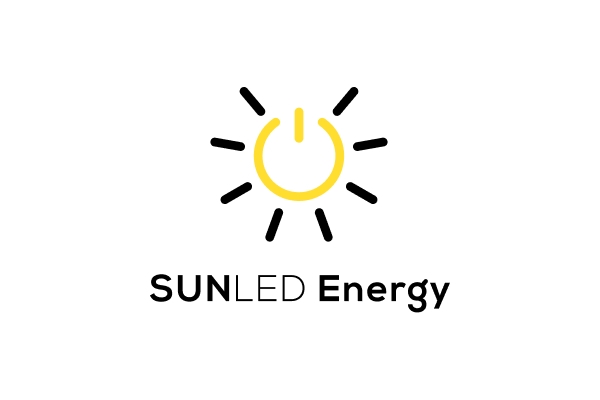ESIA Submission: Proposed REPS Consultation - June 2020, 17 July 2020
Content summary
1. Change of objectives welcome
2. Bolder steps needed toward market-based framework
3. REPS costs unclear
4. Targets to 2030 at least
5. Target size to increase threefold at least
6. REPS Obligation – broader base welcome
7. Greater transparency of information including contracts, as proposed, between retailers and APs
8. Government to establish a mechanism for efficient dispatch of demand reduction activities for residential and small business customers
9. Use of deeming and M&V welcome – M&V needs streamlining
10. Use key principles to drive methods development and maintenance
11. Activity offering opportunities reasonable
- Retain some ‘low-hanging fruit’ upgrade activities that have been earmarked for removal including IHD1 (in home display) and insulation (BS10 – floor, BS1B – top up ceiling, BS1C – wall). IHD1 has not yet been appropriately incentivised and the pool of opportunity is significant particularly for priority households. Insulation compliance has been unnecessarily arduous yet remains one of the most effective energy upgrade opportunities available.
- Proposed activities modified from other state schemes seem reasonable, however (as stated in Point 8 above) opportunities for streamlining project-based methods are essential to stimulate uptake.
- Proposed activities developed specifically for REPS seem reasonable. Other activities that may be worth considering are those being considered by Victoria and NSW and others suggested by the ESIA:
- Behind-the-meter solar PV 100+kW
- More fuel switching
- Solar hot water systems replacing electric hot water systems
- Heat pumps replacing electric hot water systems (and potentially gas hot water systems)
- Installation of High Efficiency Appliances for Business (IHEAB)
12. Mandatory customer contributions need to be practical
13. Peak demand calculations variations need supporting guidance & education
14. How peak demand reduction will be rewarded
15. More stakeholder engagement to help determine market pools of opportunity
16. Steps needed ASAP to shift from REES to REPS
Appendices
A. Moving to an efficient transparent certificate-based scheme
B. Ideas for streamlining PIAM&V: reducing risk and costs
C. Key principles to drive method development and maintenance
D. Further opportunities: new activities and methods
E. Article: Other states should follow NSW demand reduction scheme with PERCS and DREDS
(PDF)






































